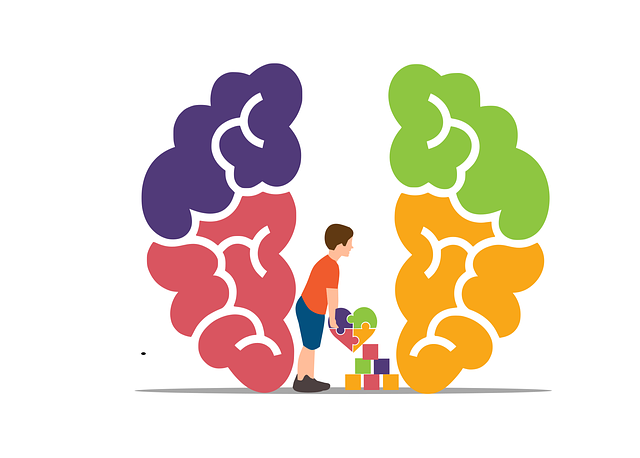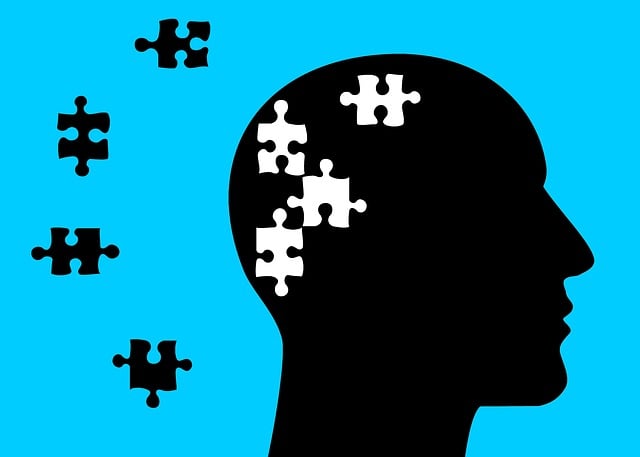Community outreach programs powered by therapy for EMDR certified professionals significantly enhance social cohesion and well-being, especially in areas with high trauma rates or low self-esteem. These initiatives bring communities together, address diverse needs, and facilitate trauma recovery through EMDR therapy, leading to improved mental health, coping strategies, and stress management. Tailored programs, including workshops and seminars, raise awareness about EMDR's benefits, while collaborative efforts with local organizations and remote technology access ensure wider reach. Effective outreach requires strategic planning, engagement of local leaders, innovative practices, and ongoing feedback to measure success, ultimately strengthening community bonds and mental wellness through EMDR certified therapy.
Community outreach programs, such as those offering EMDR therapy, play a vital role in enhancing mental health services. This article explores the comprehensive implementation of community-based initiatives, focusing on EMDR (Eye Movement Desensitization and Reprocessing). We delve into key aspects like identifying target communities, developing tailored strategies, and overcoming challenges. Learn how to measure success and foster sustained engagement, ensuring accessible therapy for EMDR-certified professionals and those they serve.
- Understanding Community Outreach Programs: Their Role and Benefits
- Selecting the Right Communities for EMDR Therapy Initiatives
- Developing Effective EMDR Community Outreach Strategies
- Implementation Challenges and How to Overcome Them
- Measuring Success and Sustaining Community Engagement
Understanding Community Outreach Programs: Their Role and Benefits

Community outreach programs play a pivotal role in strengthening social bonds and enhancing overall well-being. These initiatives focus on bringing communities together, fostering connections, and addressing diverse needs within local neighborhoods. By implementing such programs, individuals and organizations can facilitate the development of coping skills, promote positive thinking, and encourage emotional regulation among community members.
For instance, therapy for EMDR (Eye Movement Desensitization and Reprocessing) certified professionals can contribute significantly to outreach efforts. They offer specialized support for trauma recovery, enabling participants to process difficult experiences and develop effective coping mechanisms. This not only improves mental health but also empowers individuals to actively engage in community activities, fostering a sense of belonging and overall resilience.
Selecting the Right Communities for EMDR Therapy Initiatives

When implementing EMDR therapy initiatives through community outreach programs, it’s crucial to select communities that stand to benefit most from this therapeutic approach. The right fit ensures better engagement and more significant impacts on mental health awareness. For instance, communities with higher rates of trauma or those grappling with low self-esteem can greatly benefit from EMDR Certified therapy. This therapy is particularly effective in addressing complex past traumas, enhancing coping mechanisms, and improving overall stress management.
Community outreach programs should also consider areas where access to mental health services is limited. By targeting underserved populations, these initiatives can help bridge gaps in mental health care, fostering a more supportive environment for self-esteem improvement and holistic well-being. The ultimate goal is to integrate EMDR therapy into the fabric of these communities, thereby promoting resilience and overall mental health awareness.
Developing Effective EMDR Community Outreach Strategies

Developing effective EMDR (Eye Movement Desensitization and Reprocessing) community outreach strategies is paramount in reaching individuals who may benefit from this powerful therapy for EMDR-certified practitioners. By integrating tailored programs, professionals can address specific needs within diverse communities, fostering mental well-being. One key approach involves organizing educational workshops and seminars to raise awareness about EMDR’s capabilities in treating trauma, anxiety, and stress management—all of which are prevalent concerns in many communities.
These initiatives should also emphasize the importance of self-care practices alongside therapy. By promoting balanced and healthy lifestyles, community outreach programs can empower individuals to take charge of their mental health. Through collaborative efforts with local organizations and leveraging technology for remote sessions, EMDR practitioners can ensure accessibility, making high-quality therapy more available to those in need.
Implementation Challenges and How to Overcome Them

Implementing community outreach programs aimed at mental health awareness and support can present several challenges, but with careful planning and a strategic approach, these obstacles can be successfully overcome. One significant hurdle is reaching diverse communities, especially those that are historically underserved or have limited access to healthcare services. To address this, it’s crucial to develop tailored strategies that resonate with different cultural backgrounds and demographics. Engaging local community leaders and organizations who understand the unique needs of their community can help bridge the gap. For instance, mental health professionals can collaborate with churches, community centers, or ethnic associations to organize events and workshops.
Another challenge lies in ensuring the sustainability of these programs over time. Building a dedicated volunteer base or hiring additional staff members is essential for long-term success. Offering training opportunities related to stress management, healthcare provider cultural competency, and risk management planning for mental health professionals can attract and retain interested individuals. Additionally, incorporating innovative practices like EMDR therapy (Eye Movement Desensitization and Reprocessing) certified services can provide specialized care while appealing to a broader audience seeking effective mental health solutions.
Measuring Success and Sustaining Community Engagement

Measuring success and maintaining community engagement are paramount when implementing outreach programs. It’s essential to establish clear goals and outcomes that align with the community’s needs and aspirations, especially in areas like mental wellness and stress management. Organizations offering services such as EMDR therapy for certified professionals play a crucial role in fostering these connections. By integrating feedback mechanisms, such as post-program surveys or focus groups, communities can gauge the impact of outreach initiatives on participants’ lives, including improvements in inner strength development.
Sustaining engagement requires ongoing communication and collaboration with community leaders and members. Regularly highlighting success stories and sharing progress through various channels fosters a sense of ownership and encourages continued participation. This approach not only strengthens the program’s reach but also enhances its credibility, especially when showcasing improved mental wellness and stress management among participants who have access to EMDR-certified therapists.
Implementing community outreach programs focused on EMDR therapy benefits both the community and certified therapists. By targeting the right communities, developing tailored strategies, overcoming implementation challenges, and measuring success, therapists can sustain engagement and expand access to life-changing therapy like EMDR. This approach not only enhances mental health outcomes but also strengthens community connections, creating a more resilient and supportive environment for all.








